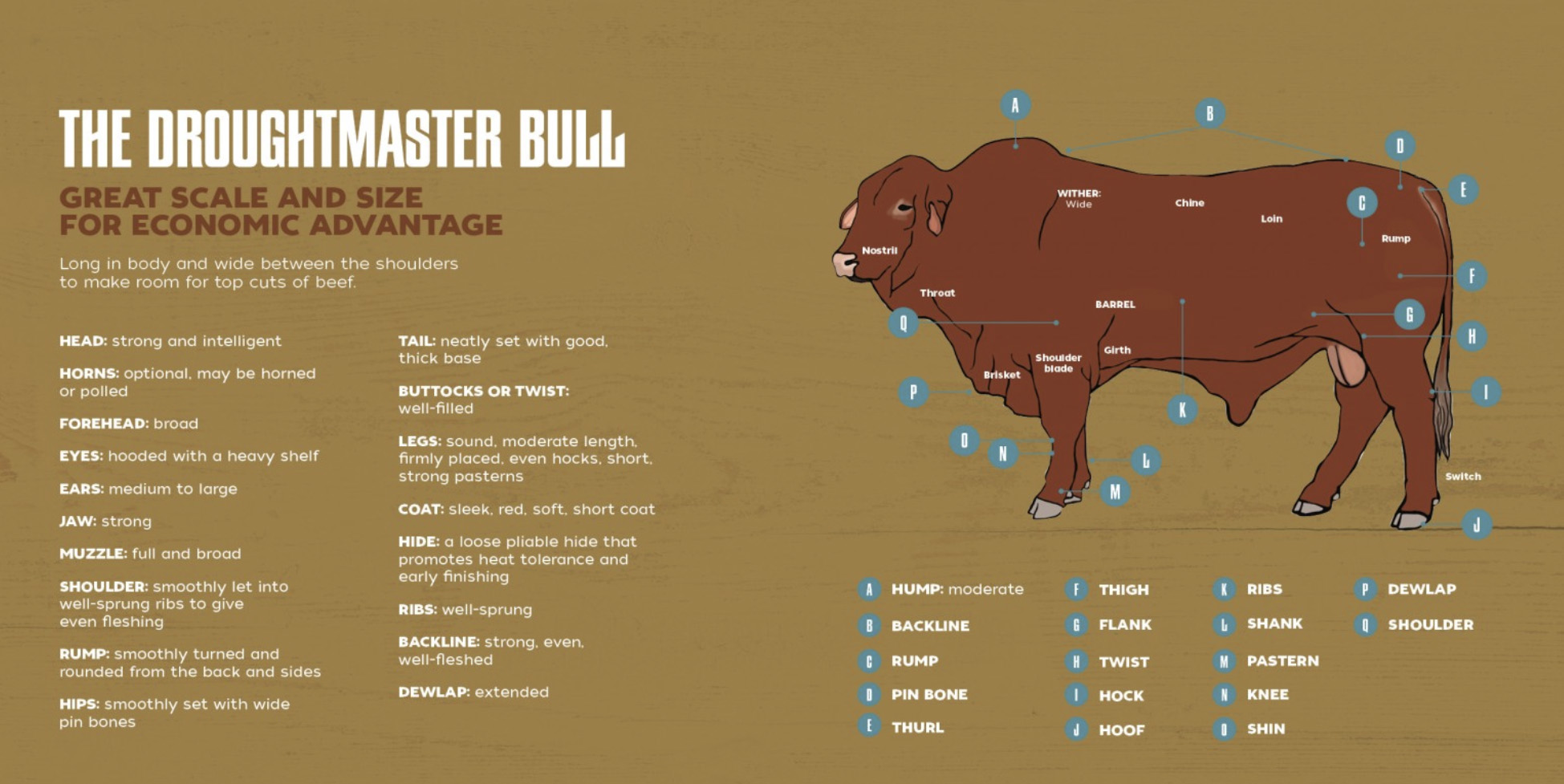Northern Territory Department of Agriculture and Fisheries (NT DAF), Media Release, 24 October 2025
The Northern Territory Department of Agriculture and Fisheries (NT DAF) Livestock Industries team together with farm staff at the Old Man Plains (OMP) Research Station, are running an Artificial Insemination (AI) program to introduce new genetics to the OMP research cattle herd.
The initiative is supported by the Alice Springs Pastoral Industry Advisory Committee (ASPIAC), who encouraged DAF to explore options to introduce new genetics into the OMP Droughtmaster herd, including through the use of AI technology.
The project has also received support from the Droughtmaster Society, which helped to identify a Droughtmaster bull with good estimated breeding values (EBVs) and structure, and supplied the semen used in the program .
“Artificial insemination is a cost-effective and efficient way to introduce high-performing genetics into a herd without the expense of purchasing new bulls,” said Department of Agriculture and Fisheries Senior Executive Director Agriculture Jed Matz.
“We’re excited to be working with ASPIAC and the Droughtmaster Society in a program that demonstrates the potential of AI in Central Australian production systems.”
DAF Livestock Industries team is using a fixed-time AI program designed specifically for use on extensive cattle properties, ensuring the approach is practical for Central Australian conditions.
Several key factors help maximise the success of AI programs, including:
- ensuring heifers are in good condition and have reached recommended puberty weight, with ultrasound scanning to confirm cycling where possible.
- maintaining good nutrition before and after insemination and minimising stress.
- using trained, experienced operators with strong hygiene and technical skills.
- handling semen straws carefully to avoid temperature shock, sunlight and moisture exposure; and
- keeping heifers in good condition throughout pregnancy.
Calves from the AI program are expected to arrive around mid-July 2026.
This initiative demonstrates the NT Government’s ongoing commitment to supporting sustainable and productive cattle breeding programs in Central Australia.

